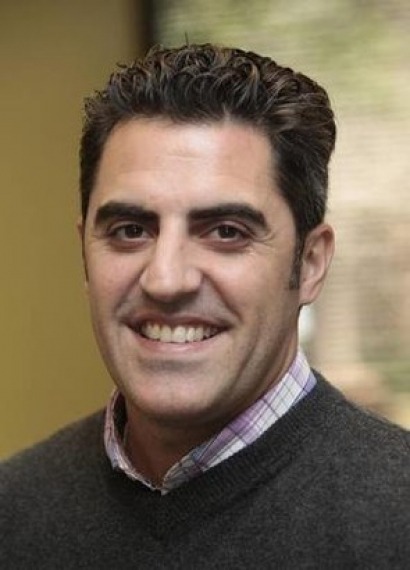
Phononic is a company that is aiming to revolutionise cooling and heating with solid-state solutions that are both smart and sustainable. It offers a unique thermoelectric cooling technology that replaces outdated solutions like a compressor on a refrigerator with semiconductors. This approach cuts out toxic refrigerants like HFCs and the result is a smaller, more efficient, quieter and ecofriendly alternative – In fact, the design reduces energy consumption by 25-40 percent against comparably-sized compressor refrigerators. Currently, Phononic solutions are powering products such as high-performance gaming PCs and server racks as well as applications in climate control and fiber optics. The company has also recently announced $70 million in Series E funding to expand into additional markets such as Asia where cooling and heating has been challenging or unavailable via incumbent technologies.
REM talked to Phononic CEO Tony Atti to find out more about the company and its current and future objectives.
What is Phononic and what is its main objective?
I am Tony Atti, CEO and Founder, I started my career in research and development and then venture capital, and then in late 2008 I was engaged by what would become our founding investors, who asked me to diligence semiconductors, or semi-state materials as they are commonly known for applications in cooling and heating, hoping for a disruptive outcome, just as semi-conductors had been previously, whether in data, solar, electronics or more recently LED lighting. The origins were based on the fact that in compressors, heating and fans, semiconductors could be innovated and leveraged as they have in the past. Phononic was launched in 2009 to introduce a solid-state approach to cooling and heating to disrupt those respective incumbents.
Can you say more about the technology, particularly with regard to saving energy, carbon emissions and costs?
The first thing we realised very quickly is that semiconductors have made inroads in cooling and heating. There are deficiencies in efficiency, scale, manufacturing and cost have relegated thermal electric into largely niche markets. Phononic worked backwards in innovating materials, components and fully integrated systems to deliver product solutions, not just product-level solutions. The value proposition largely depends on the market of interest. From a sustainability perspective, we do not use, nor require, any toxic or flammable refrigerants and from an energy consumption perspective, it really depends on the product and its respective verticals. In our healthcare, pharmacy and life sciences market we are anywhere from 25 to 40 percent lower in energy than incumbent, compressor-based, solutions, and in residential, at least in the small and compact segment of the residential market, we can meet California Energy Commission standards while still providing more usable volume which will combine metrics not thought possible with a semiconductor solution.
What stage of development is this at? Is it already commercially available?
We launched the company in 2009, raised just over $160 million in venture capital and private equity investment, and by the end of this calendar year we will have close to 3000 refrigerators in hospitals, clinics, pharmacies and distributors, and we will have close to half a million devices for fibreoptic and telecom customers where we provide cooling for their data infrastructure. 2016 has been a year of scale and growth. For residential customers, they will be available next year.
How affordable is it at present or how affordable will it be when commercially available for residential consumers?
Of the commercially available products we have now, and will have next year, they often price very competitively to incumbents on the market, despite offering the better solution.
What other energy saving products are you working on?
Refrigeration is just the entry point into the home on two fronts, climate control for heating and cooling, and in parallel, commercial refrigeration for merchandise and retail. In the home, we want to move beyond the kitchen and decentralise heating and cooling and decentralise solutions for climate cooling throughout the home and working off that same platform in commercial, we want to deliver savings in beverage and retail for end users and grocery stores and retail distribution centres.
Which countries in the world are your key target markets?
The challenge for the US is that we’re very used to homes and refrigerators that are very large. If you look at Europe and Asia, the challenge there is that, first, the homes are not nearly as large, requiring smaller and more compact solutions, which are ideal for us, and secondly, the concept of central HVAC is not as prominent in the rest of the world as it is in the US. We believe those are incredible opportunities for us internationally. The products customers tend to use already, they tend to hate. They are big, heavy and loud, they use refrigerants and more often than not, they are not efficient at all. We consider ourselves a global company that just happens to have started our market penetration in the US.
What is your long-term plan – where you like to be in 5-10 years time?
We fashion ourselves as a thermal solutions company, so with that mind-set, when you look at sustainability, compact size, increased volume, distributed approaches to cooling and heating, over the long run we would like to provoke the discussion of changing how homes and offices are built. As opposed to including all this ductwork and centralised systems, we would like to repurpose that, providing thermal solid-state solutions. It is an audacious goal, but we believe we are at least on the early steps of that path.
For additional information:

